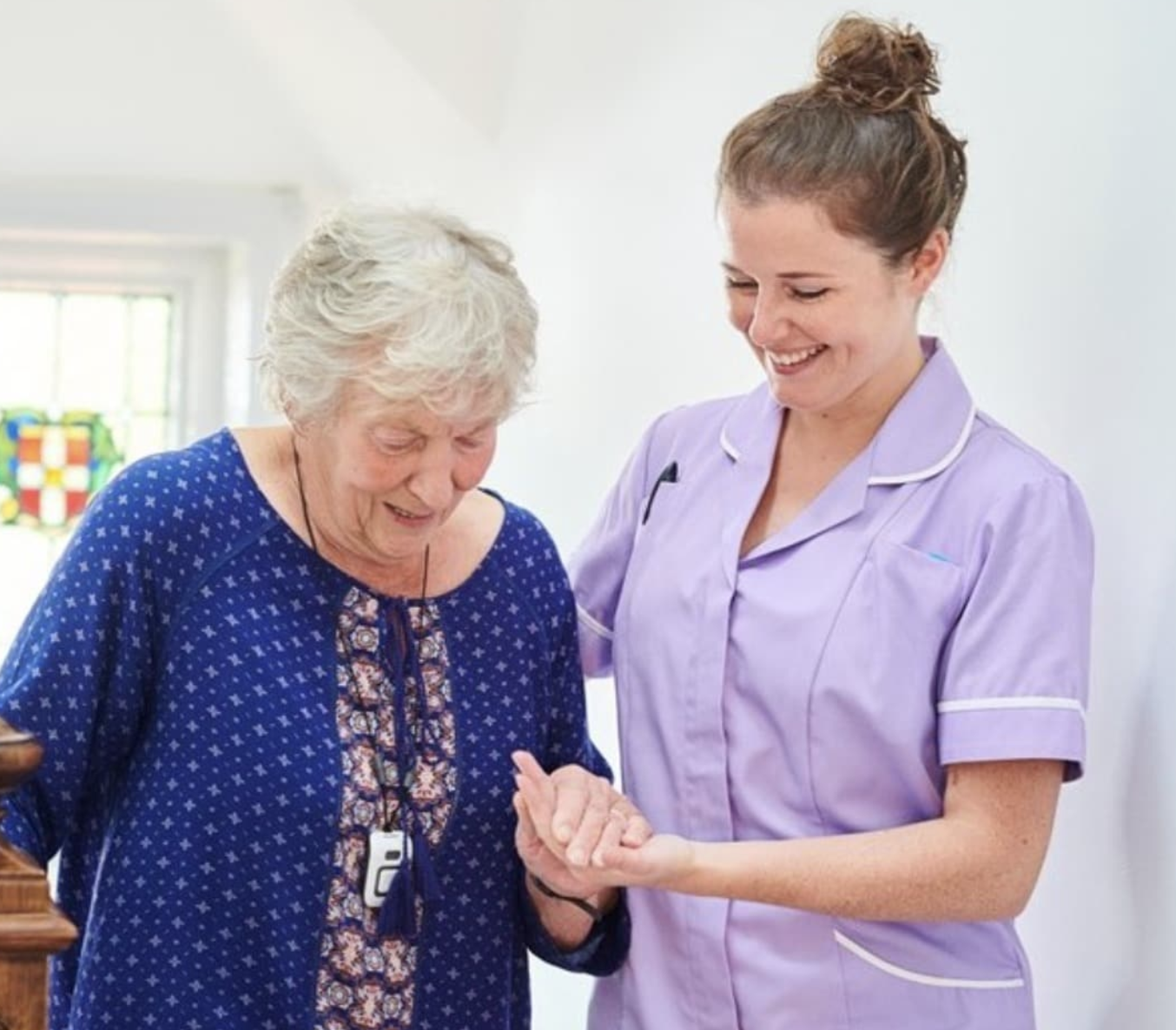Feedback and Complaints
Feedback is important to us and to those we care for.
We promote a culture of continuous improvement within all settings of our care services. We actively share learnings and take time to reflect on our actions or decision-making. For us to meet the care needs of everyone living in our care homes, we need to communicate effectively by engaging with the resident, their family, or representative on a continual basis. We understand that building an open and honest rapport is the foundation of a trusting relationship, but this may take some time.
Resident and Visitor Feedback
We value the views and opinions of our residents and their visitors. We use all comments and information as an opportunity to improve the service we provide. This is core to the delivery of a person-centred quality service, and residents must be involved in the day-to-day choices of care, be listened to and encouraged to influence and shape their care.
Raising Concerns or Complaints
Sometimes things do not always work as they should, so setting the scene for a positive relationship from the beginning by using clear and open methods of communication is essential to maintaining a quality user-led service.
If you are dissatisfied or want to comment on any aspect of our service, there are several routes you can use to tell us about your views:
- Join in our regular resident and relative meetings
- Raise any issues immediately with our care team
- Contact the senior member of the care team who is on duty
- Arrange to formally meet with the Home Manager and share your feedback with them
- Send an email to our independent Whistleblowing email on whistleblow@belmonthealthcare.co.uk or call our helpline 0121 289 2542
Submit a Formal Complaint
If you remain dissatisfied and prefer to make a formal complaint, a summary of our process is set out below. A record of all complaints is maintained by the home and is reviewed regularly by our Director of Care.
Please put your complaint in writing to, or raise it verbally with, the Home Manager or with our Director of Care.
We will acknowledge receipt of your complaint within 3 working days and invite you to meet with a senior member of the leadership team to discuss your concerns or complaint. We aim to investigate all concerns as quickly as possible and aim to share the outcome with you within 28 days of your concern or complaint being made known to us.
Director of Care, Suite 3 , Croft House, Black Soils Road, Redditch, B98 9HN
Telephone: 0121 289 2542
Email: claire.latreille@belmonthealthcare.co.uk
If you are dissatisfied with the outcome and/ or our response, you may appeal any decisions to our Company Directors to review. Alternatively, you may wish to contact the Local Government and Social Care Ombudsman www.lgo.org.uk for further guidance and support.
View a full copy of our complaint procedure




